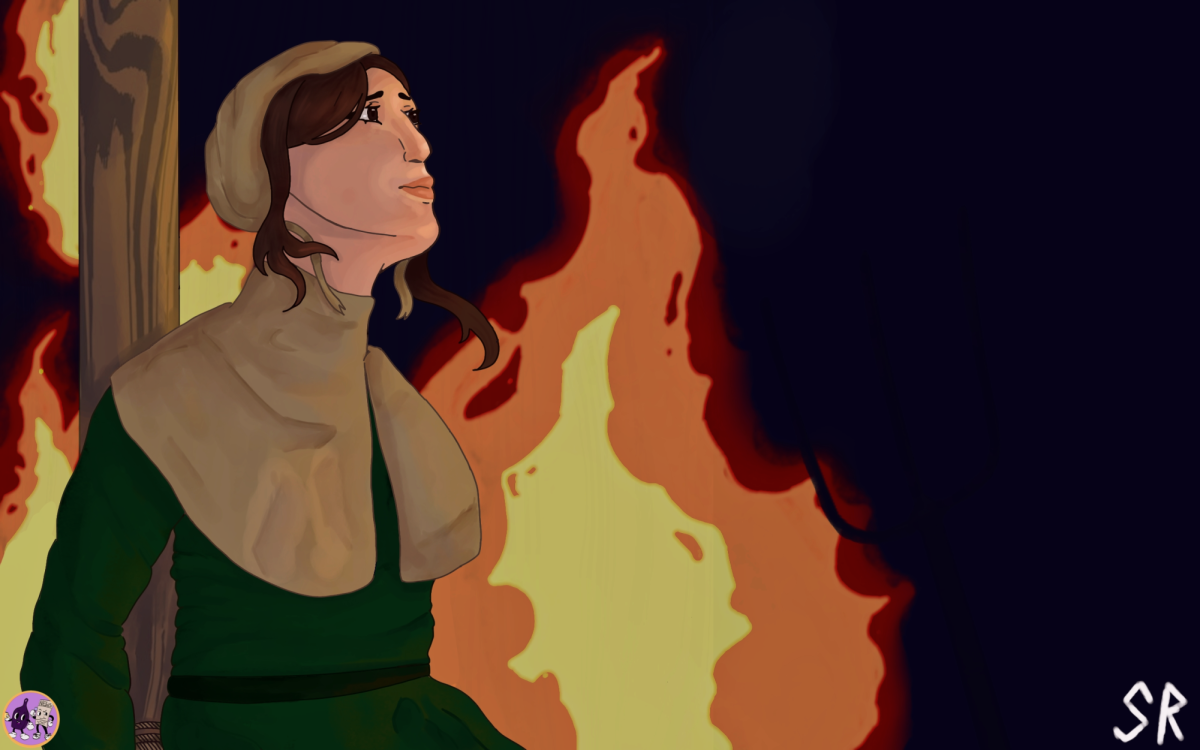Religious extremism is a multidimensional issue that people as a whole treat as a solid face. It cannot be defined through one singular definition and is more confusing than what most believe it to be.
The main idea of religious extremism is that it is made up of ideological beliefs that can bring back a political system that was formed through religious ideals. The main way that extremists are achieving this is through violence, and may be fueled more if perceived as oppression or injustice. Examples of this could include ISIS in Syria or Moro Islamic Liberation Front in the Philippines.
People who are within these communities are often characterized as seeking their ‘everlasting peace’ or God(s) for eternal life. Their anger regarding the perceived injustice that they are facing is just another feature that most people use to distinguish religious extremists.
There is a four-stage model further explaining what religious extremism is, specifically through the lens of violence. First, there is an openness to new ideas and people that is then followed by experiences of grievances, such as oppression. Then, the group or an individual takes up activism and can lead to an acceptance of extreme normalities within the group for the third stage. Finally, once the group’s regularities allow for the use of the normalities that had started in stage two, the people in the group will intentionally commit it on behalf of their beliefs.
Similar to this model was one that put an emphasis less on violence and more on the openness to the new thoughts that they were welcoming into their community that led to the worldview change. During this process, large, tragic experiences early in the development can lead to a loss of identity and connection with the original concept of the openness of the community. However, once again, at the end of this model, it led to violence just like the four-stage model had.
Regardless, while many may think this way, not all religious extremists are terrorists and not all terrorists are religious extremists. Religious extremism’s definition (though it is close to terrorism and is oftentimes debated upon in courts due to the definitions and the cases crossing over) is still different due to the fact that terrorism is a serious crime being committed, and religious extremists are a group of people that have a rapid behavioral issue that can lead to them committing crimes.
First, terrorism is defined as a calculated value of violence against civilians in order to create fear and force the government’s hands or populations into achieving certain political, ideological, or religious goals.
Secondly, it is important to remember that not all of the models that were demonstrated above had led to failure. Failure, in this sense, means that violence or crimes were committed. While they did lead to violence overall, this is a broader perspective of what it could mean. The models did not directly say that the violence would lead to death, so an overall reaction to that would be measurable.
The largest question that often comes up is how human rights are affected due to how often lives are lost and being harmed on a daily basis.
Article 18 of the Universal Declaration of Human Rights (UDHR) protects the freedom of thought, religion, and conscience. For the International Covenant on Civil and Political Rights (ICCPR), the freedom of belief includes the right to manifest or find a person’s own religion (or none), with or without others, through worship, teaching, practice, and observance. This also includes the right of a person manifesting their own belief of expression and can only be limited by the person.
Both the UDHR and the ICCPR protect the right to freedom of expression and opinion along with the right to even criticize and discuss with other’s religion. Similar to the freedom of religion, anyone can manifest the religion they want, but their opinions are their own.
Along with these other human rights, the UDHR and the ICCPR also supply the rights to peaceful assembly and association. Under international law, everyone has the right and ability to peacefully group together and protest, and they will be trusted unless it can be proven otherwise.
Even though the United States of America has these laws to help keep the citizens safe, not all countries do, which is why there are countries that the citizens of America cannot travel to. Not all countries that Americans cannot travel to are facing this kind of problem, but the ones that are, are some of the least accessible to US citizens.
In Missoula, Montana, the city can find similar trends in the society they are living in as well. On October 7, 2025, 29-year-old Michael Cain (a self-pledged Nazi) was arrested for committing a hate crime against someone who identified as Jewish. While the victim is unidentified, he was murdered due to religious affiliations and the devoutness they both felt.
While this one example is a tragedy, this isn’t the only thing that is happening in Missoula. Since 2017, crimes surrounding religion have increased exponentially, around 28.1%. While people can also account for this along with the increase of population size, the amount of people living in a location should not be the catalyst as to why crimes are increasing.
In the end, religious extremism has the potential to become a serious threat if people decide to treat it the way that we’ve been treating it: ignoring it. Because in the end, both of the models, even if they were both extreme in different ways, ended the same way: violence. Through blissful ignorance, people have died, and many more have suffered. Those who would resort to violence at the end of the road have oftentimes either regretted it or crossed a different line that they could never come back from.





